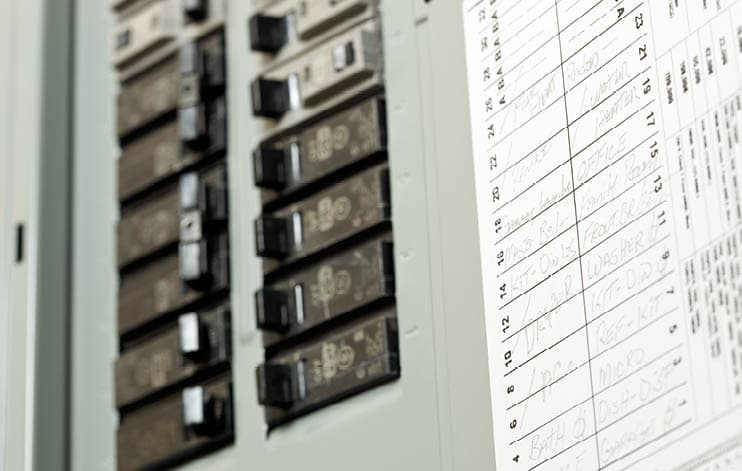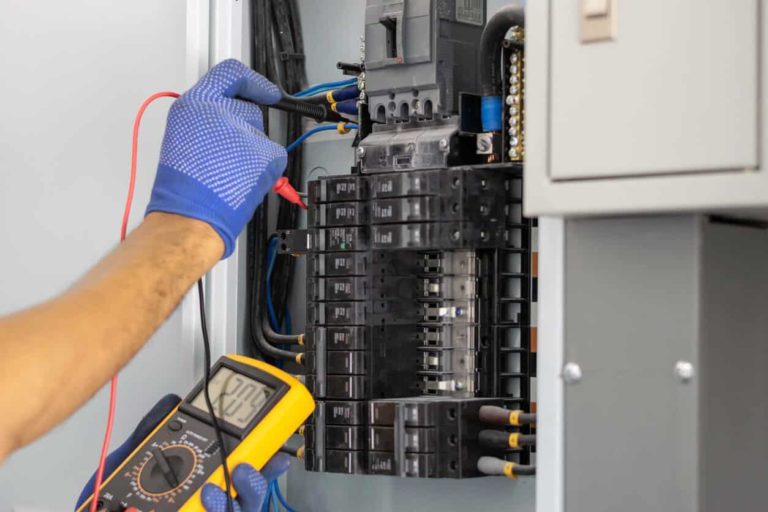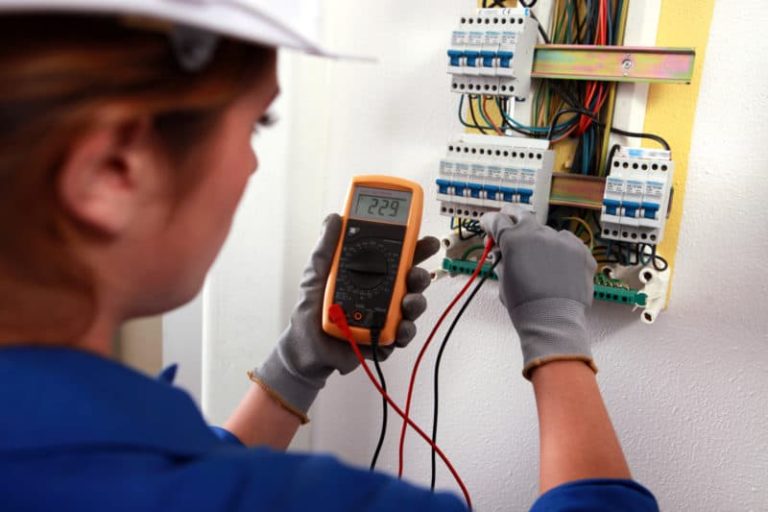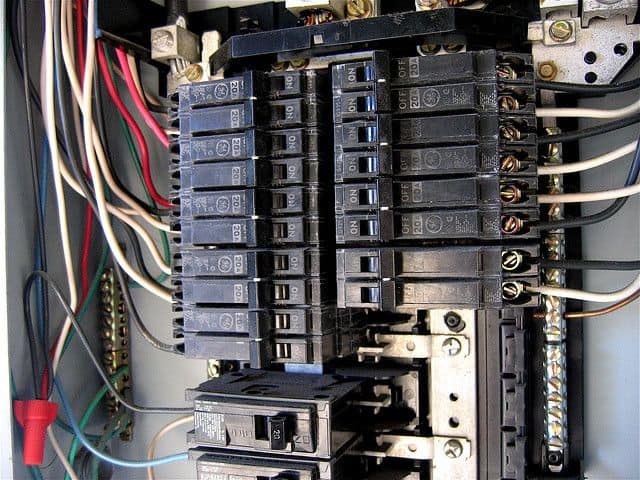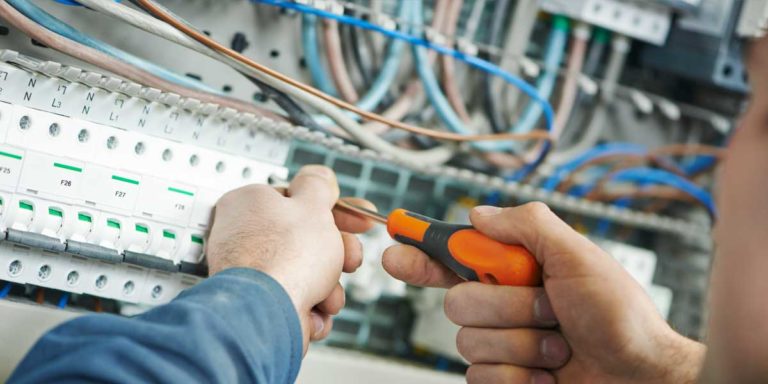What is a Circuit Breaker?
Have you ever found yourself fumbling through a dark room to flip your circuit breaker and restore your electricity? Then you likely already know where it is located. But what else should you know about this important part of your home’s electrical system? And how can you, with the help of an electrician, make sure your box is working properly? Look no further, as this page discuss all these topics in detail.
What is the purpose of a Circuit Breaker?
A circuit breaker box is essentially the brain of your home’s wiring. First, it takes the incoming electricity from your electric provider. Next, it uses circuits to safely and efficiently transmit the current throughout your home. Finally, they monitor the amount of power coming through the circuits. They will shut down or “trip” the circuit if the electrical current becomes too strong.
Circuit breakers come in two main varieties: single-pole and double-pole. Single-pole switches can handle up to 120 volts at a time, ideal for electrical outlets and small appliances like microwaves. Meanwhile, double-pole switches can handle up to 240 volts. They’re most often used for large appliances like A/C units, refrigerators, and dryers.
Your circuit breaker box may have space for extra circuits. An electrician can add more circuits if you decide to upgrade appliances or electrify another part of your home.
When Should An Electrician Replace It?
Circuit Breaker boxes can last for decades. However, the lifespan of your box will depend on factors. Things like its location in your home, the climate in your area, and wear and tear from frequent breaker-tripping. If a circuit goes bad, you may not realize it until it’s too late.
An overloaded circuit can be a major fire risk. Because of this, it’s important to make sure your electrical box is always in good working condition. It’s a good idea to have an electrician inspect your circuit breaker box once every couple of years.

